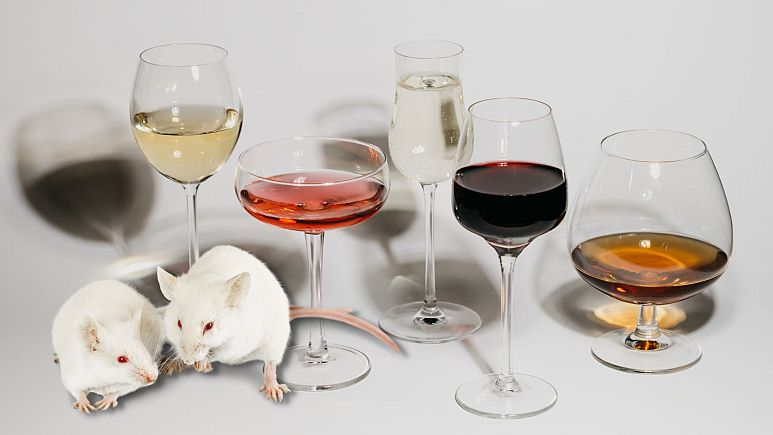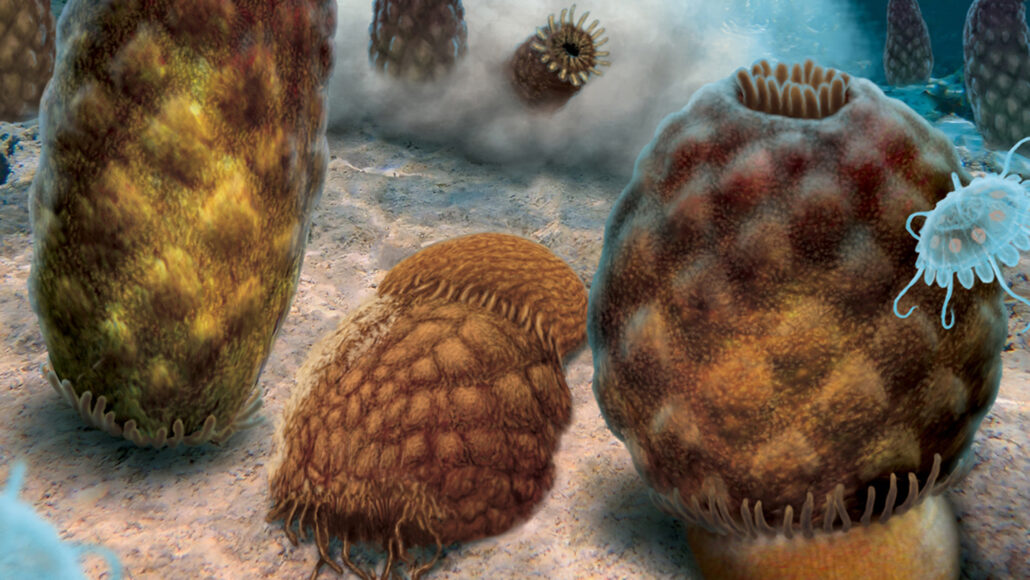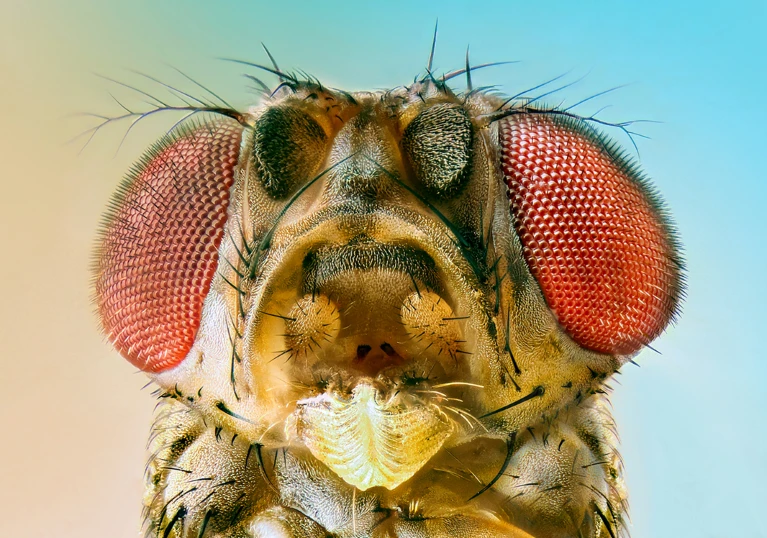Ozempic Rebound: Most People Regain Weight After Stopping Semaglutide
Ozempic反彈:大多數人在停用Semaglutide後體重反彈
Health
Research published in the journal Diabetes, Obesity and Metabolism indicates that once people stop using the medication semaglutide (better known by the brand names Wegovy and Ozempic), any weight they’ve lost is likely to return. According to Dr. Ibiye Owei, Assistant Professor at Texas Tech University Health Sciences Center El Paso, semaglutide is a glucagon-like-peptide-1 agonist (GLP-1 agonist) which has been approved by the Food and Drug Administration (FDA) to treat diabetes and obesity or overweight. “It works by making people feel full sooner and suppressing the appetite so people do not feel as hungry,” she explained. “One of the ways it does this is by slowing emptying of the stomach so there is a feeling of satiety.”
--from Healthline
發表於《糖尿病、肥胖和新陳代謝》期刊上的研究指出,一旦人們停止使用藥物semaglutide(更為人熟知的品牌名稱是Wegovy和Ozempic(胰妥讚注射劑)),他們減掉的體重有可能反彈。據德州理工大學埃爾帕索健康科學中心助理教授Ibiye Owei博士介紹,semaglutide是一種昇糖素類似胜肽-1(glucagon-like peptide 1,GLP-1),該藥物已獲得美國食品與藥物管理局 (Food and Drug Administration, FDA)批准用於治療糖尿病和肥胖或超重。「它的作用是讓人們更快感到飽足感並抑制食慾,這樣就不會感到飢餓」她解釋道。「它做到這一點的方法之一是通過減緩胃的排空速度,從而產生飽腹感。」
--摘錄翻譯自Healthline
Hangover cure? Hormone shot that sobers up mice offers hope for treating drunk humans
解酒藥?使老鼠清醒的激素注射劑為治療酒醉的人們提供了希望
Health
Scientists have been able to quickly sober up inebriated mice by boosting their levels of a naturally produced hormone they share with humans, giving hope for a potential hangover cure. The research, led by scientists from the University of Texas Southwestern Medical Center in the US, could be key to someday treating drunkenness in humans. The hormone, which is called FGF21, has drawn scientists' attention for years: it is produced by the liver and plays a significant role in helping - both humans and mice - process certain foods, particularly alcohol.
--from EuroNews
科學家們已經能夠通過提高老鼠與人類共享的一種自然產生的激素水平來迅速使醉酒的老鼠清醒過來,這給宿醉的治療帶來了希望。這項由美國德州大學西南醫學中心的科學家領導的研究可能成為有朝一日治療人類酒醉的關鍵。這種稱為纖維細胞生長因子21(fibroblast growth factor, FGF21)的激素多年以來一直引起科學家的注意:它由肝臟產生,在幫助人類和老鼠處理某些食物—尤其是酒精—方面有著顯著的重要性。
--摘錄翻譯自EuroNews
Dan's Diner: A wild dinner in a roving Tundra Buggy
Dan's Diner:在漫遊的Tundra Buggy中享用狂野的晚餐
Culture
On select days in February and March, travellers can board a Tundra Buggy (a large, roving vehicle that is custom-built for polar bear viewing) and embark on a remote culinary journey over the frozen Churchill River surrounded by the vast subarctic wilderness, frozen fields and huge snowbanks caused by the drifting snow. After a short drive across the sprawling frozen landscape, guests will arrive at the banks of the frozen river overlooking Hudson Bay, where Dan's Diner – an unusual popup restaurant – awaits.
--from BBC World’s Table
每年2月和3月的特定日子中,遊客可以乘坐 Tundra Buggy(一種為觀賞北極熊而特制的大型遊覽車),開啟偏遠的美食之旅。此旅途會跨越結冰的丘吉爾河(Churchill River),經過廣袤的極地荒原、冰凍的田野及巨大的雪堆。 駕車越過廣闊的冰原地貌,旅客將到達俯瞰哈德森灣(Hudson Bay)的冰凍河岸,而Dan's Diner—一間獨特的快閃餐廳—就坐落在此。
--摘錄翻譯自BBC World’s Table
Celebrations are underway for Nowruz, Persian New Year, marking the start of spring
波斯新年「納吾肉孜節」的慶祝活動正在進行中,是春天開始的標誌
Culture
Monday [3/20] marked the beginning of spring, and that means celebrations commemorating the centuries-old holiday of Nowruz are underway. Commonly known as the Persian New Year, Nowruz translates to "new day" and symbolizes revival and renewal for its more than 300 million celebrants in modern-day Iran and beyond. Historically, the holiday has been observed in the Middle East and parts of Asia. The roughly two-week festival typically includes food, dancing, singing, and poetry.
--from NPR
星期一(3/20)標誌著春天的開始,而這也意味著擁有數百年歷史的納吾肉孜節 (Nowruz)的慶祝活動已在進行中。 通稱「波斯新年」的Nowruz意思是「新的一天」且象徵著重生與復興,在今日的伊朗及其他地區共有超過 3 億人會慶祝。 自古,這個節日在中東和亞洲部分地區都有被慶祝。這個大約為期二週的節慶通常包括美食、舞蹈、歌唱和詩歌。
--摘錄翻譯自NPR
310-million-year-old fossil blobs might not be jellyfish after all
3.1億年前的化石斑痕可能根本不是水母
Sciences
What do you get when you flip a fossilized “jellyfish” upside down? The answer, it turns out, might be an anemone. Fossil blobs once thought to be ancient jellyfish were actually a type of burrowing sea anemone, scientists propose March 8 in Papers in Palaeontology. From a certain angle, the fossils’ features include what appears to be a smooth bell shape, perhaps with tentacles hanging beneath — like a jellyfish. And for more than 50 years, that’s what many scientists thought the animals were. But for paleontologist Roy Plotnick, something about the fossils’ supposed identity seemed fishy. Plotnick and his colleagues examined thousands of the fossilized animals, dubbed Essexella asherae, unearthing more clues. Bands running through the fossils match the shape of some modern anemones’ musculature. And some specimens’ pointy protrusions resemble an anemone’s contracted tentacles.
--from Science News
當你將化石「水母」反轉,會得到什麼?浮現的答案可能是海葵。科學家們在3月8日的古生物學論文中提出,曾被認為是古代水母的化石斑痕實際上是一種穴居海葵。從某個角度看,這些化石的特徵包括一個平滑的鐘形,下面可能有觸手—就像水母一樣。50多年來,許多科學家都如此看待這些動物;但對古生物學家Roy Plotnick而言,這些化石的假設身份仍然可疑。Plotnick和他的同事檢驗了數千種被稱為Essexella asherae的化石動物,挖掘了更多線索。圍繞化石周圍的帶狀物與一些現代海葵肌肉組織形狀相符,而一些標本的尖狀突出物與海葵收縮的觸手類似。
--摘錄翻譯自Science News
Fruit flies are first known animals that can taste alkaline foods
果蠅是最早知道可以品嘗鹼性食物的動物
Sciences
Most animals function in a narrow pH range, which makes sensing acids and bases important for their survival. Studies in the past few decades have detailed the receptors, cells and neural circuits involved in detecting sour and acidic tastes, which occur at low pH, but sensing alkaline substances is not well understood, says Lai Ren, a biochemist at the Kunming Institute of Zoology at the Chinese Academy of Sciences. Researchers have discovered an entirely new kind of taste receptor that allows fruit flies (Drosophila melanogaster) to detect alkaline substances — those that have a high pH — and avoid toxic meals and surfaces. The discovery, published in Nature Metabolism last week, could “potentially inform future research into the physiological mechanisms underlying alkaline taste in other organisms”, says Lai Ren.
--from Nature News
大多數動物活動於狹窄的pH值範圍內,這使得感知酸和鹼對它們的生存很重要。中國科學院昆明動物研究所的生物化學家Lai Ren說,過去幾十年的研究詳細介紹了檢測存在於低PH值的酸味和酸性味覺所使用的受器、細胞和神經迴路,但對鹼性物質的感知還不是很清楚。研究人員發現了一種全新的味覺受體,它可以讓果蠅 (Drosophila melanogaster) 檢測鹼性物質 “那些具有高pH值的物質” 並避免有毒的食物和表面。這發現於上週發表在《自然新陳代謝》雜誌上。Lai Ren說:「可能為未來研究其他生物鹼性味覺背後的生理機制提供信息。」
--摘錄翻譯自Nature News
